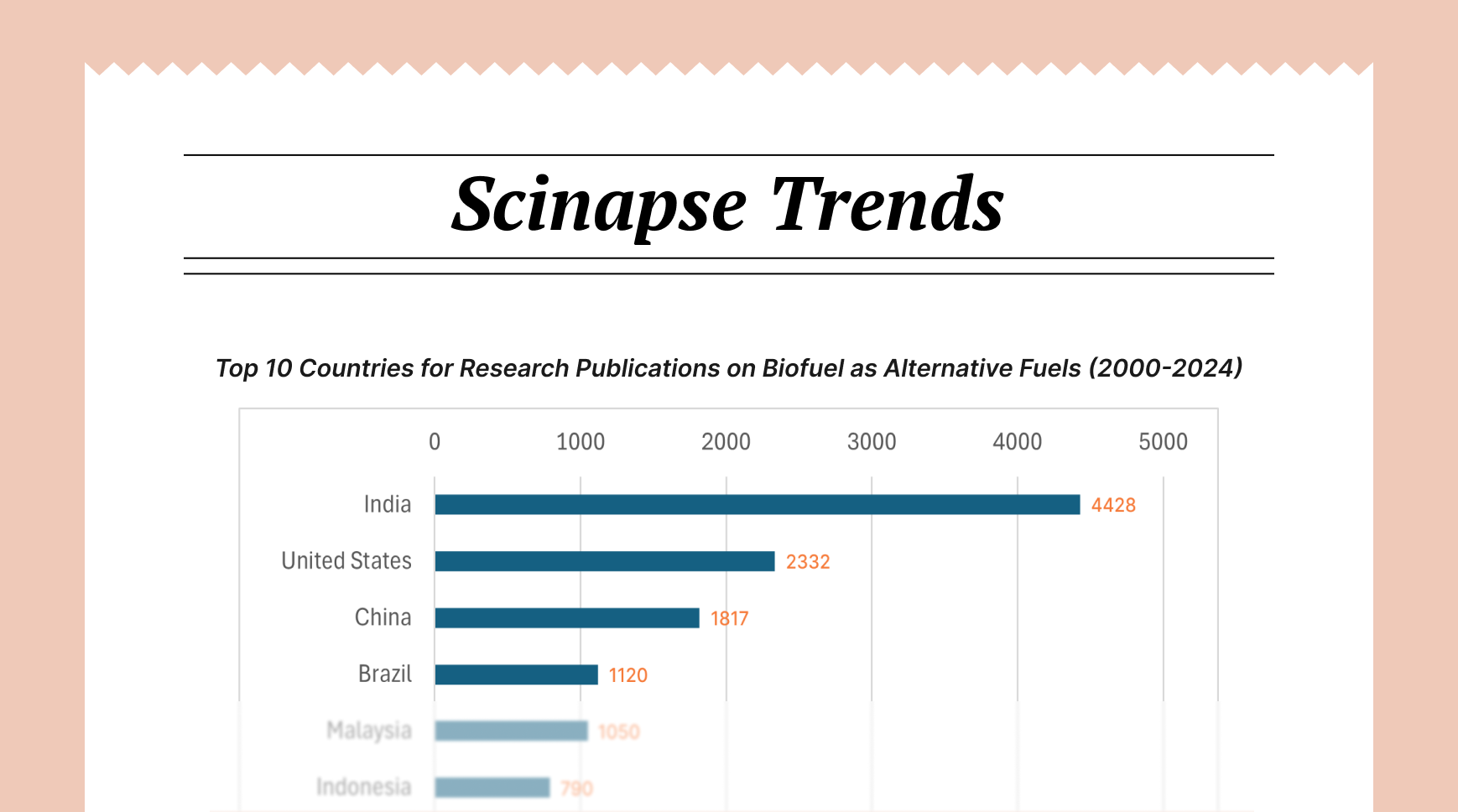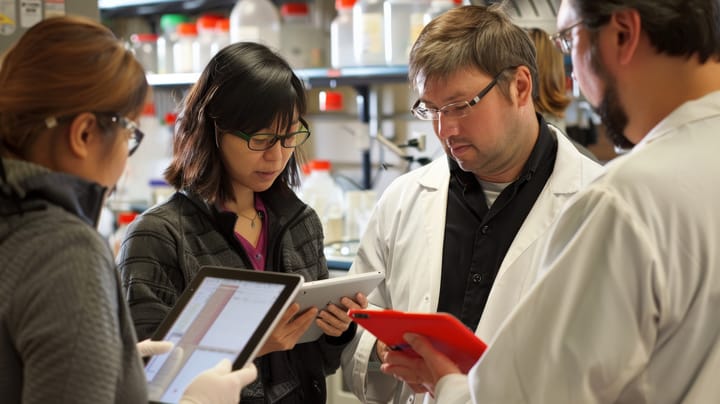Strategies for Research Communication with Diverse Field Experts

These days breakthrough innovations rarely emerge from isolated expertise. Instead, they flourish at the intersection of diverse disciplines, where biologists collaborate with computer scientists, economists partner with psychologists, and engineers work alongside medical professionals. Yet, these collaborative efforts often falter not due to lack of expertise, but because of communication breakdowns between specialists who speak different professional languages.

Step 1- Understanding Your Research Team's Diversity
Before drafting a meeting agenda or deploying project management software, successful research leaders take time to map the intellectual ecosystem they've assembled. This means going beyond documenting each team member's formal credentials to understanding their epistemological approaches—how they gather, validate, and communicate knowledge.
This mapping exercise should extend to communication preferences, cultural considerations, and awareness of hierarchical dynamics that might inhibit the free exchange of ideas. Research teams that proactively address these elements build stronger foundations for collaboration.
Step 2- Establishing Clear Communication Goals
Ambiguity in communication objectives leads to inefficiency at best and project failure at worst. Effective research teams establish explicit expectations about what information needs to be shared, with whom, when, and through what channels.
Consider structuring communication goals across three tiers:
- Essential communications (required for project continuation)
- Enhancement communications (improve project quality)
- Enrichment communications (build team cohesion and foster innovation)
By categorizing communications this way, teams can prioritize appropriately during different project phases while ensuring nothing critical falls through the cracks.
Step 3- Selecting Appropriate Communication Channels
The proliferation of digital tools has transformed research collaboration, yet many teams default to a one-size-fits-all approach. The most successful interdisciplinary teams customize their communication infrastructure to match their specific needs.
For data-intensive communications, visualization platforms might be essential. For conceptual discussions, synchronous video meetings with digital whiteboarding capabilities could prove more effective. Meanwhile, asynchronous tools like annotated document sharing work well for detailed feedback across time zones.
The key is intentionality – selecting tools based on communication objectives rather than convenience or habit.
Step 4- Overcoming Communication Barriers
Perhaps the most persistent challenge in diverse research teams is the presence of specialized terminology that creates invisible barriers to understanding. While technical precision matters, effective research communicators develop what linguist Anna Wierzbicka calls a "natural semantic metalanguage" – a subset of terms with shared meanings across disciplines.
Creating a living glossary for your research project can transform communication. This isn't merely a dictionary of terms but a negotiated understanding of concepts that may carry different implications across fields. When a neuroscientist and a computer scientist both use the term "network," do they mean the same thing? Probably not – and acknowledging this difference creates space for richer collaboration.
How to Structure a Communication Processes With Diverse Field Experts?
Communication that happens by chance rarely serves the research needs effectively. Implementing structured processes ensures consistent information flow without overburdening team members.
Consider the approach taken by the Human Genome Project, one of history's most successful large-scale scientific collaborations. Their communication framework included:
- Brief daily standups focused on blockers
- Weekly technical exchanges where methodological questions could be explored
- Monthly comprehensive reviews of progress against milestones
- Quarterly strategic reassessments of project direction
This tiered approach ensured that communication matched the nature of the information being shared, from tactical details to strategic vision.
Building Trust Among Diverse Experts
The emotional dimension of communication often receives insufficient attention in research settings, yet psychological safety fundamentally determines how freely information flows. When experts from different disciplines collaborate, status anxiety and imposter syndrome can silently undermine even the most sophisticated communication plans.
Effective research leaders create environments where vulnerability is recognized as a strength. Phrases like "I don't understand how your approach works" or "Could you explain that concept again?" should be normalized and valued rather than seen as admissions of inadequacy.
Trust-building isn't a soft side benefit – it's the foundation upon which all other communication rests.
Implementing the Communication Plan
Even the most thoughtfully designed communication frameworks require adaptation in practice. Successful implementation follows an iterative cycle of:
- Introducing structured communication processes
- Gathering feedback on their effectiveness
- Measuring communication outcomes against research progress
- Refining approaches based on what's working and what isn't
This adaptive approach recognizes that communication systems, like research itself, benefit from hypothesis testing and evidence-based refinement.
Successful Research Collaboration Is Lead By Effective Communication
As research challenges grow increasingly complex, our ability to facilitate communication across disciplinary boundaries will determine our capacity to address them effectively. The organizations that thrive will be those that view communication not as an administrative function but as a core scientific competency deserving of investment, measurement, and continuous improvement.
Author: Uttkarsha B
- AI-Ethicist and STM Research & Publishing Expert
Never re-search again.
Scinapse is made by researchers for researchers.
Join the next generation of research at ⏯️ https://scinapse.io/
Pluto Labs
Pluto Labs helps researchers focus on their research by improving several inefficiencies in the academic research process. We offer data-driven insights from academic papers, allowing users to easily obtain review-level results for their desired range of papers.
https://pluto.im/





Comments ()